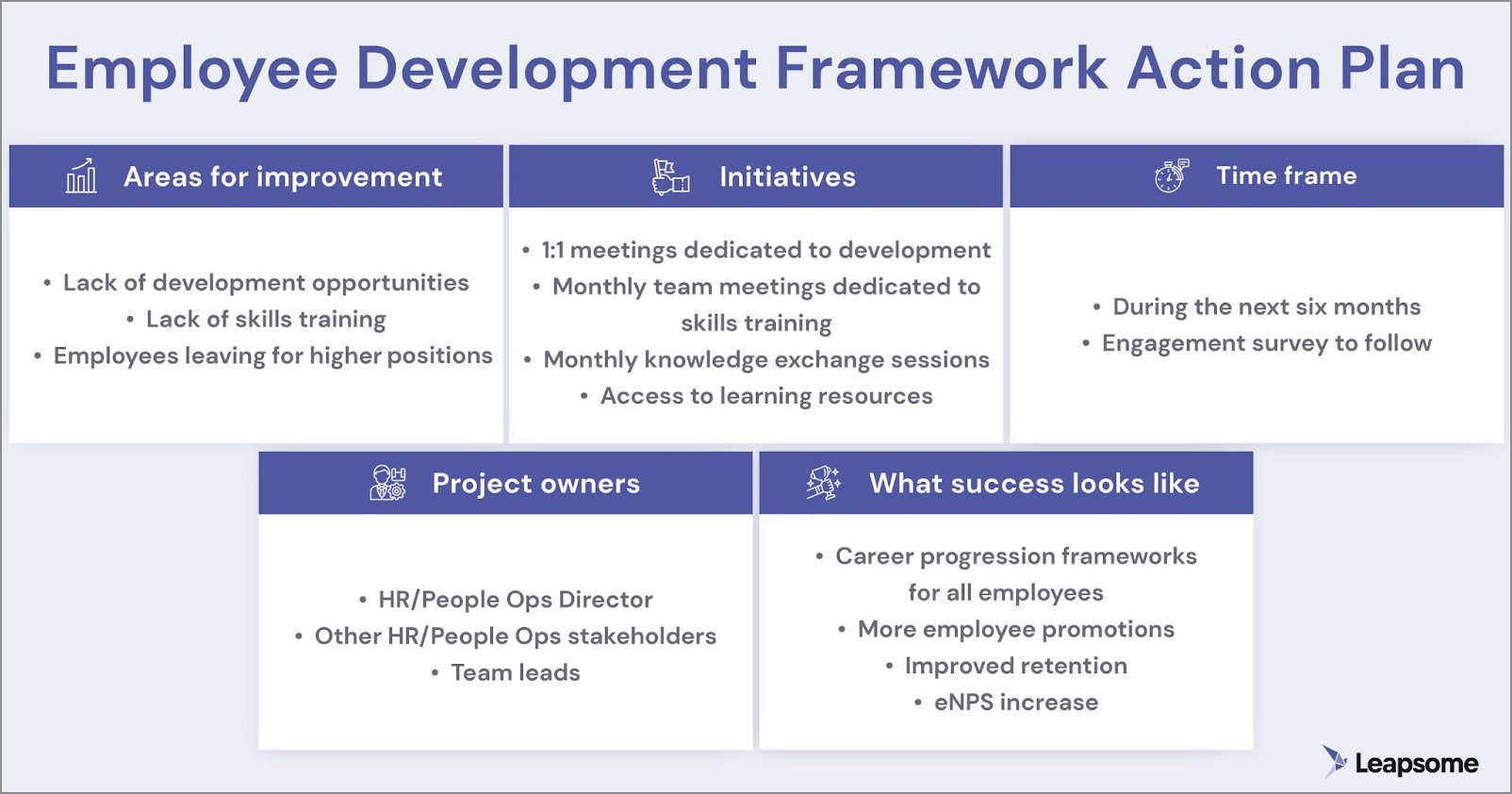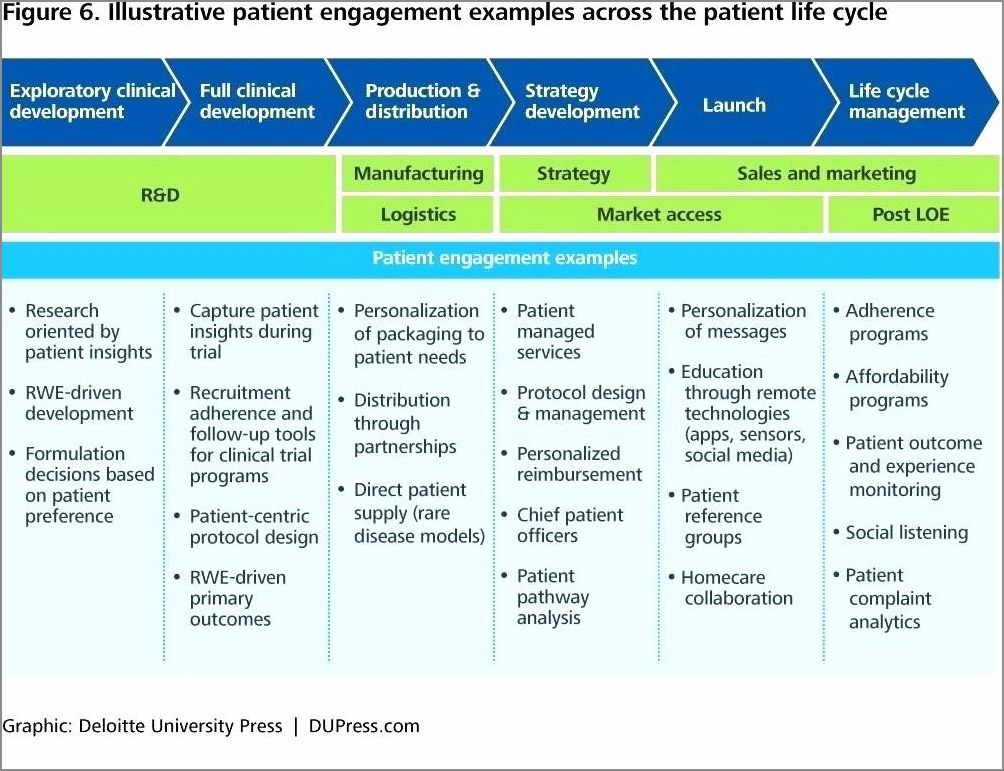
Engagement surveys are valuable tools that allow organizations to gather feedback and insights from their employees. However, simply conducting a survey is not enough. To truly make a difference and improve employee engagement, organizations must develop a comprehensive action plan based on the survey results.
In this article, we will explore the importance of an engagement survey action plan and provide a step-by-step guide on how to create one effectively.
Why is an Engagement Survey Action Plan Important?
An engagement survey action plan is essential for organizations that want to address the issues highlighted in their employee surveys effectively. Without a plan in place, survey results may be overlooked or forgotten, leading to a lack of improvement and a disengaged workforce. An action plan provides structure, accountability, and a clear path forward to address areas of concern and enhance employee engagement.
By creating an action plan, organizations demonstrate their commitment to their employees’ well-being and job satisfaction. It shows that the survey results are taken seriously and that steps will be taken to address any issues. This, in turn, can boost employee morale, trust, and loyalty.
How to Create an Effective Engagement Survey Action Plan
Creating an effective engagement survey action plan requires careful consideration and planning. Here is a step-by-step guide to help you develop a comprehensive plan:
1. Analyze Survey Results and Identify Key Themes
Start by thoroughly analyzing the survey results. Look for patterns, trends, and key themes that emerge from the data. Identify areas where employee engagement is high and areas that require improvement. This analysis will serve as the foundation for your action plan.
2. Prioritize Areas for Improvement
Based on the survey results, prioritize the areas that require improvement. Focus on the themes that have the most significant impact on overall employee engagement. Consider both the importance of the theme and the feasibility of addressing it within your organization’s resources and capabilities.
3. Set Clear and Measurable Goals
Once you have identified the key areas for improvement, set clear and measurable goals for each theme. These goals should be specific, achievable, relevant, and time-bound (SMART). For example, a goal could be to increase employee satisfaction by 10% within the next six months.
4. Develop Action Steps
Next, develop action steps for each goal. These steps should outline the specific actions that will be taken to achieve the desired outcome. Assign responsibilities to individuals or teams, set deadlines, and establish milestones to track progress.
5. Communicate the Action Plan
Once the action plan is developed, communicate it to all employees. Transparency is crucial to building trust and ensuring everyone understands their role in the process. Share the goals, action steps, and expected outcomes, and encourage employee feedback and suggestions.
6. Implement the Action Plan
Put the action plan into action. Monitor progress, provide support and resources as needed, and address any obstacles that arise. Regularly communicate updates to keep employees informed and engaged in the process.
7. Evaluate and Adjust
Periodically evaluate the effectiveness of the action plan. Collect feedback from employees, measure progress against goals, and make adjustments as necessary. Employee engagement is an ongoing process, and the action plan should be flexible enough to adapt to changing needs and circumstances.
Examples of Effective Engagement Survey Action Plan




Here are some examples of effective engagement survey action plans:
- Goal 1: Improve communication and transparency
- Action Steps:
- Implement regular town hall meetings to share updates and gather feedback
- Create an internal communication platform for sharing information and fostering collaboration
- Provide training for managers on effective communication techniques
- Goal 2: Enhance career development opportunities
- Action Steps:
- Establish a mentorship program to support employee growth
- Create a career development framework with clear progression paths
- Provide training and development opportunities for employees
- Goal 3: Recognize and reward employee contributions
- Action Steps:
- Implement an employee recognition program to acknowledge outstanding performance
- Provide regular feedback and praise to employees for their contributions
- Create a fair and transparent system for performance evaluations and promotions
Conclusion
An engagement survey action plan is a crucial tool for organizations that want to improve employee engagement and create a positive work environment. By analyzing survey results, setting clear goals, developing action steps, and implementing the plan, organizations can address areas of concern effectively and enhance overall employee satisfaction and productivity. Remember, engagement is an ongoing process, and the action plan should be regularly evaluated and adjusted to meet changing needs and expectations.
Engagement Survey Action Plan Template – Download